月曜日, 5月 16th, 2011...9:51 PM
The special exhibition “Sharaku” that started on may 1st
Reading time: About 5 minutes
The special exhibition “Sharaku” that started on may 1stThe special exhibition “Sharaku” that started on may 1st.
The works that the Sharaku left was estimated to be 150 works and within the exhibition 140 works and 170 works are displayed. Works from the Metropolitan Museum of Art, Musee Guimet, Paris, and other countries all over the world have been collected. Most of Sharaku’s works are line ups of those that are all inclusive, such a big exhibition like this is also said that it may never again be possible. Therefore because I had the chance to participate in this exhibition preview, I would like to introduce the state of the displays.
Before that I will explain simply who Sharaku is.
Sharaku, Toushuusai Sharaku was an Ukiyoe artist of Edo period. In 1794 he published and debuted 28 drawings Ookubie (big neck drawing) of Kabuki actor, then the year after he suddenly disappeared. He left an estimate of about 150 drawings within a 10 month period, and still we do not know his real name and the year of his death; he is an Ukiyoe artist with a lot of mysteries.
Based on the official form of the Sharaku has been the longest argument. Sharaku started gaining attention within the country after the German art researcher Julius Kurth published his book “SHARAKU” in 1910.
In this exhibition, almost all of the drawings have been brought together, and is displayed by the order when they were created. The works of Sharaku is separated into 4 time periods of creation that come from the subject based on Kabuki performance time period; it is also possible to see the works in theatre order as well. (I would like you to read the unique characteristics of the works of each time period separately https://blog.japantwo.com/2010/11/13/2350)
The work on the left is the famous “The Actor Otani Oniji III as Edobei”. It is based on a part of the theatre “Koi-nyoubo-somewake-tazuna” where Ippei (the person on the leftside) is attacking and taking the Kaneko; an Edo soldier drawing. In recent studies it is said that the work was made to be observed with the works being faced to each other. At the hall the “The Actor Ichikawa Omezo I as the Manservant Ippei” is displayed in pairs. Rather than being observed as one piece a more attended feeling can be experienced. The display style that results from studies of the performance record of the Kabuki in the Edo period is being used.
Because the Ukiyoe print that was made by Sharaku had used botanic a lot, as months and years go by the colors tend to fade easily, the work’s colors itself differs from the original work. In this exhibition it was lucky because it is easy to compare the same works to each other.
It can be easily seen that the color textures are different in “The Actor Segawa Kikunojo III as Oshizu, Wife of Tanabe Bunzo”.
In “The Actor Ichikawa Ebizo as Takemura Sadanoshin” a part of the colors are different, and the signature is also placed differently.
It can be said that a lot of the works from the first time period still exist, we are also lucky that we can compare those with the works that are in good preserving condition.
In the exhibition we can see the works by Ukiyoe artists other than the Sharaku. The same performance and service as the Sharaku are displayed together as well. It is fun to feel the style of the artist.
On the right is the work of Sharaku, the left is a work from Utagawa Toyokuni. Both works have the image of “The Actor Sawamura Sojuro III as Ogishi Kurando” but the expressions and clothing, and what they are holding are different.
Speaking of Sharaku, the work we can see in Ookubie from the first time period is famous however, it is said that these works comparably still exist. However, beginning in the works of the fourth time period, it is said that there is only one drawing that exist in the latter half of the period. In this exhibition, out of the 37 drawing that is said to exist, 33 drawing are displayed. A exhibition where all of these works are displayed together will become difficult to hold, therefore I it is recommended to visit and experience the entire work of Sharaku.
Lastly, Japanese art, I would like to give big thanks for those sharaku academician who love Japan. Due to the Tohoku earth quake this exhibition was at risk of being cancelled. At first the exhibition was to be held on April 5th, the earthquake that hit on March 11th was right when the works from overseas were to arrive. However, each country gave out shipping restrictions to Japan, that it became impossible to transport the works. Also there were media overseas that were over exaggerating what was really happening in Japan. However, the researchers that worked in the museums which held the works that were to be displayed in this exhibitions, were very well aware of Japan’s art and Japan itself, that they wanted to give their best strength in taking these works to Japan in this timing. There are several works that were unable to be displayed, with the help of the researchers from overseas; the exhibition was able to be held with no problems despite its delay. The staffs talk about how it was a miracle that this exhibition was held where there were a lot of exhibitions and events that were cancelled. I am deeply grateful.
The work on the right is “The Actor Ichikawa Danjuro VI as Mimana Yukinori, Son of Yukinari” that is stored in Germany Bremen art museum; this work was unable to be sent to due to the earth quake.
The gallery talk given by the Sharaku researchers.









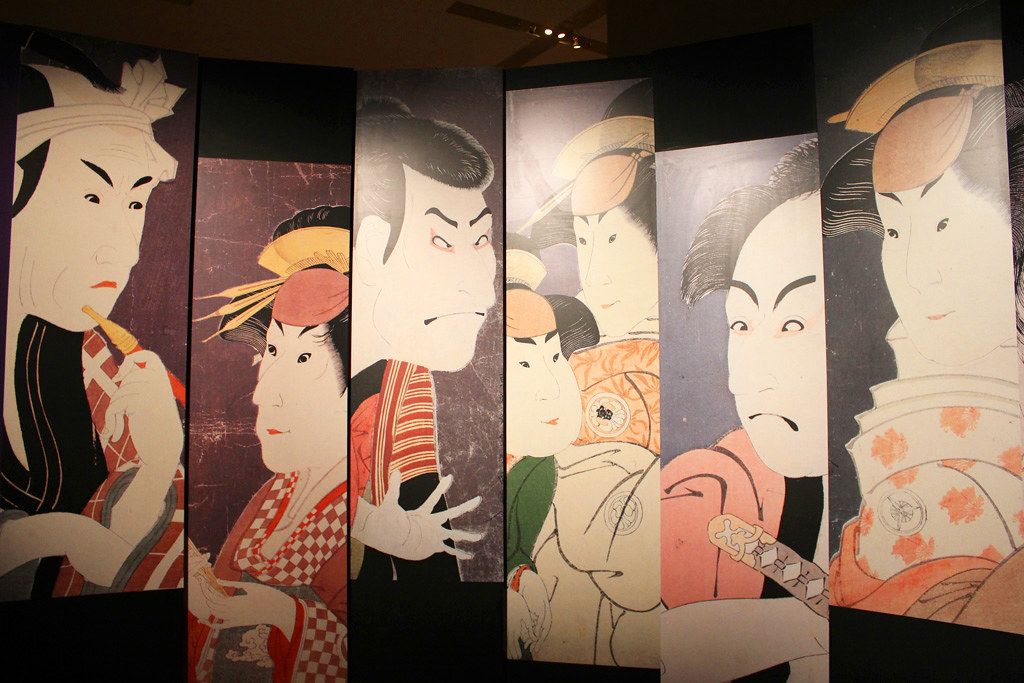
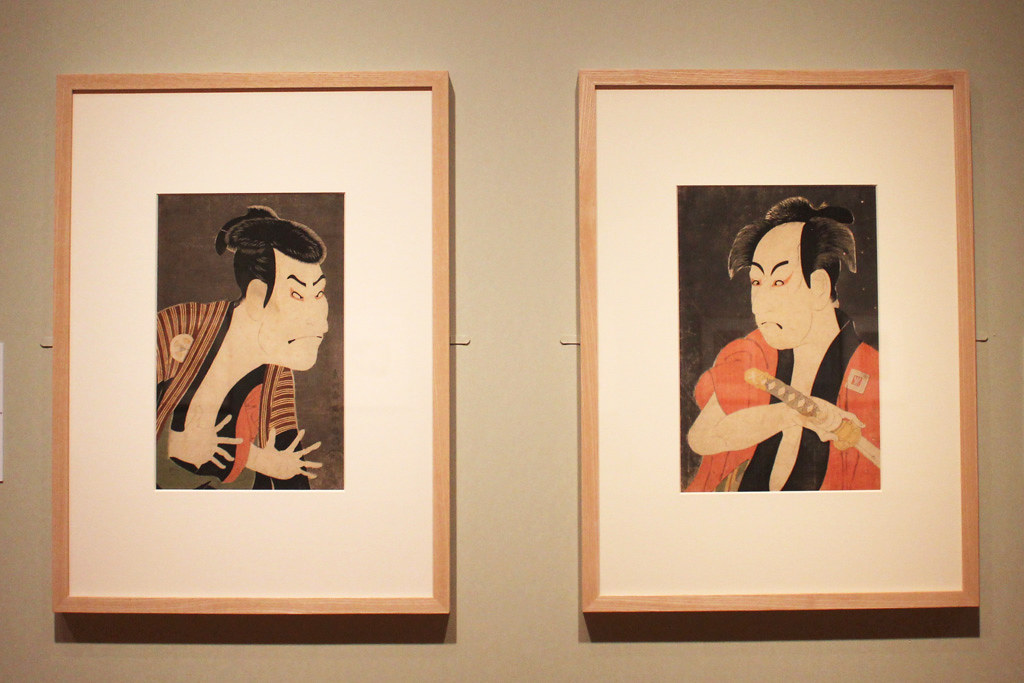
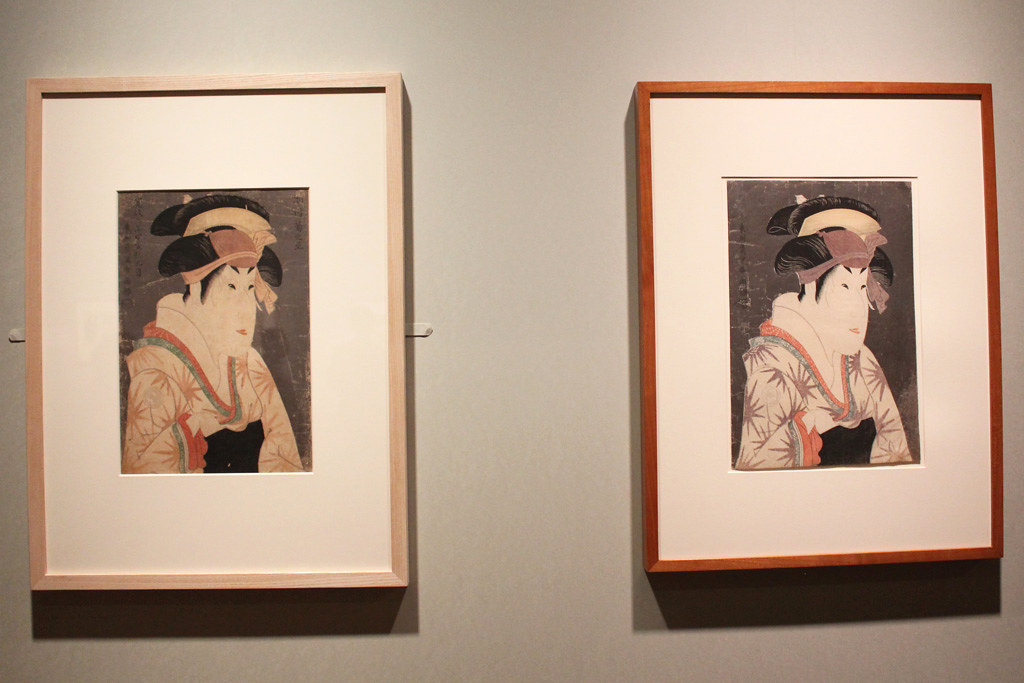
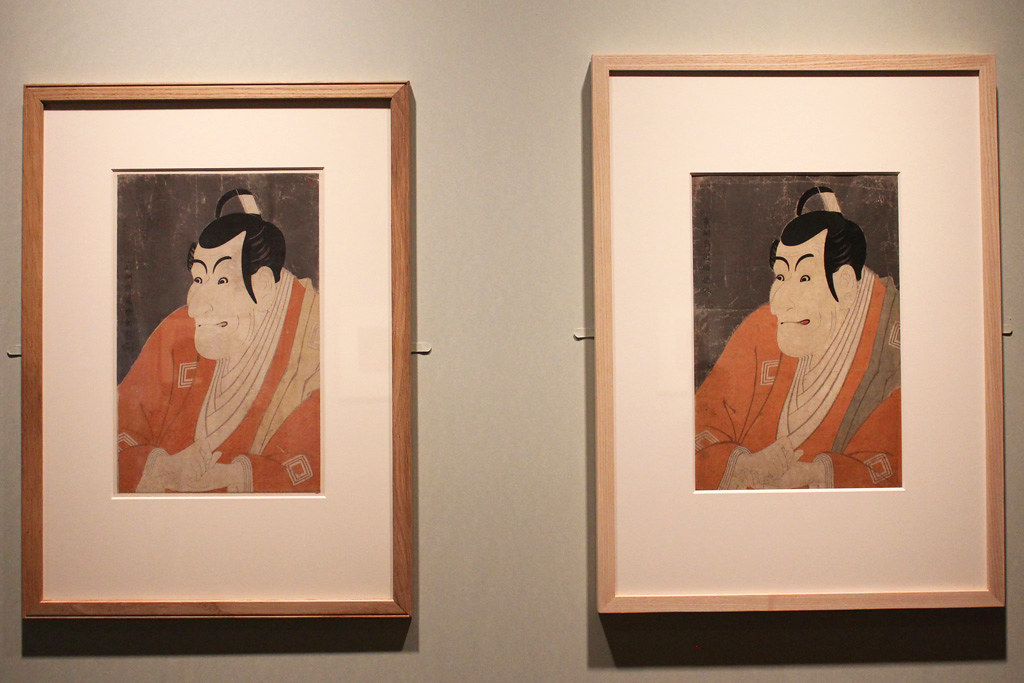
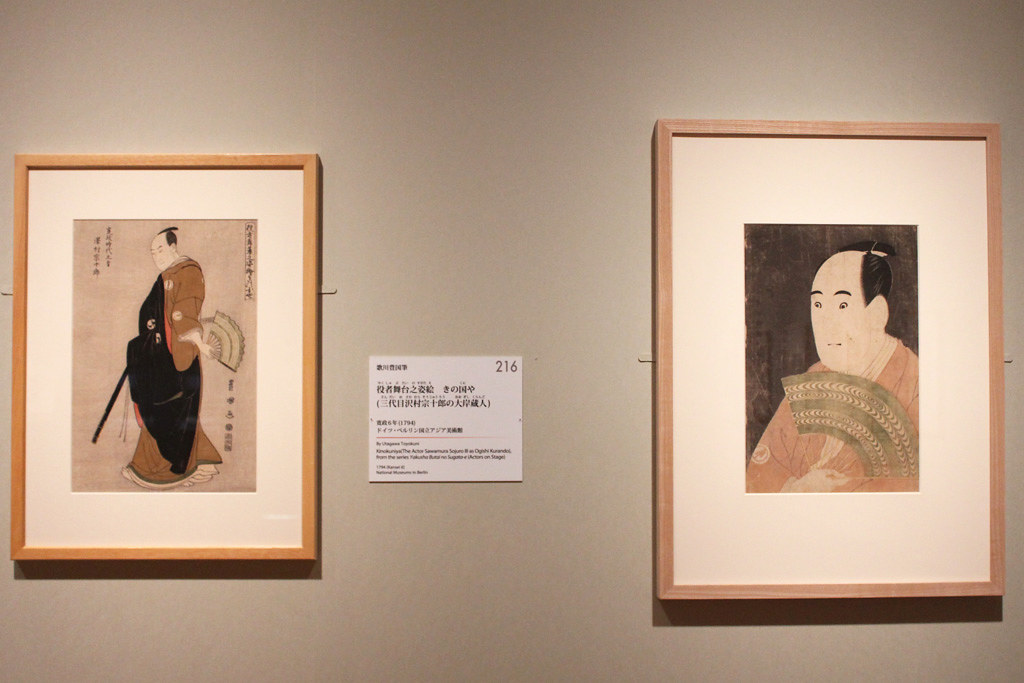
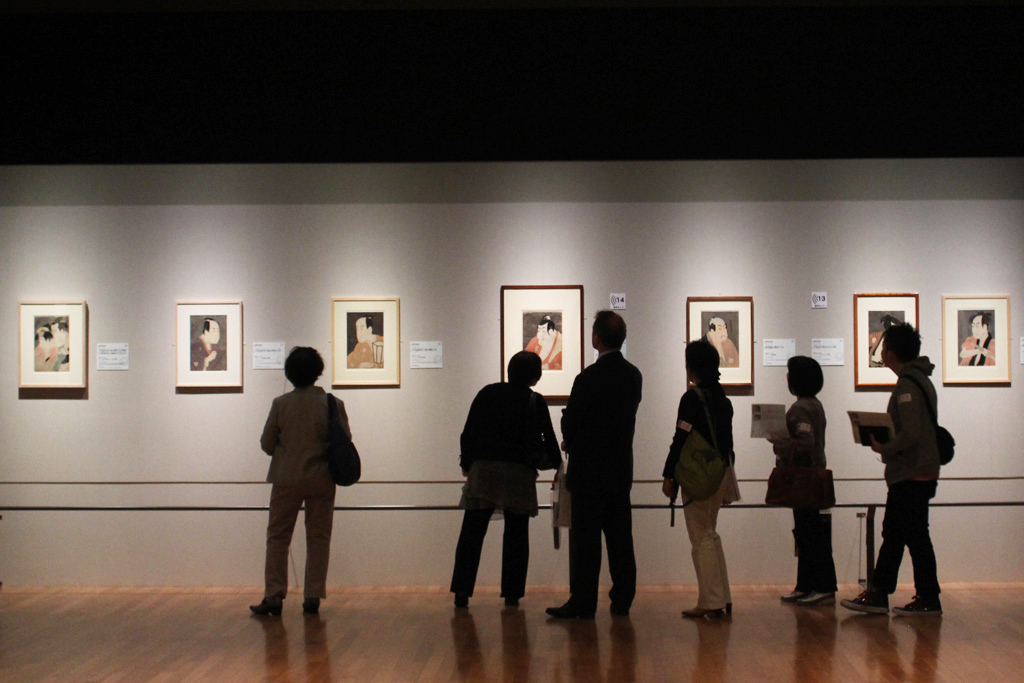

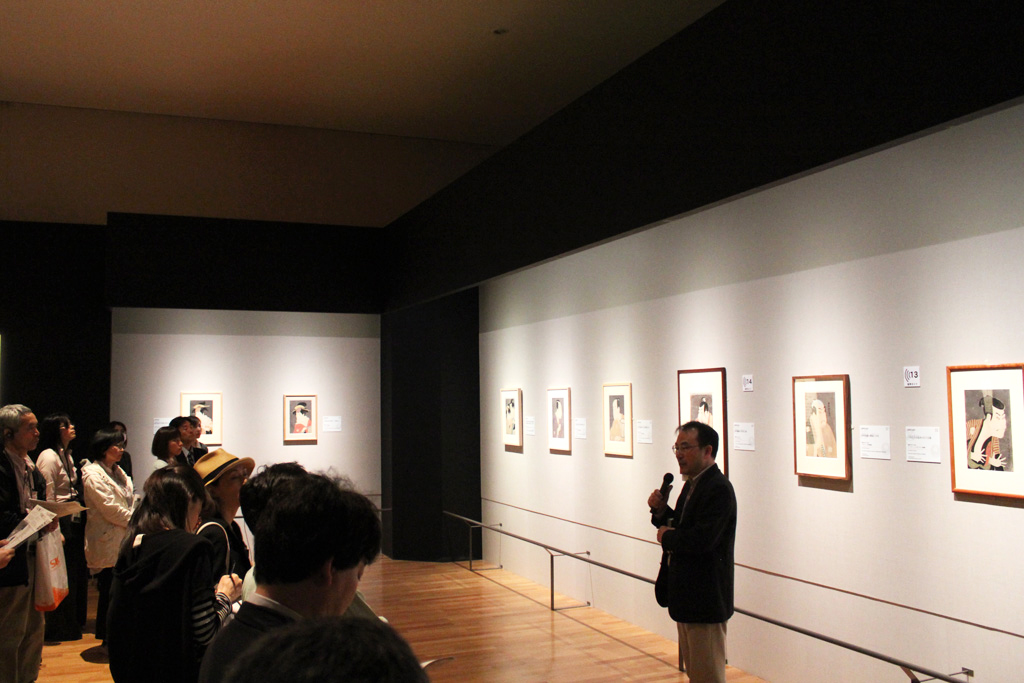











Leave a Reply